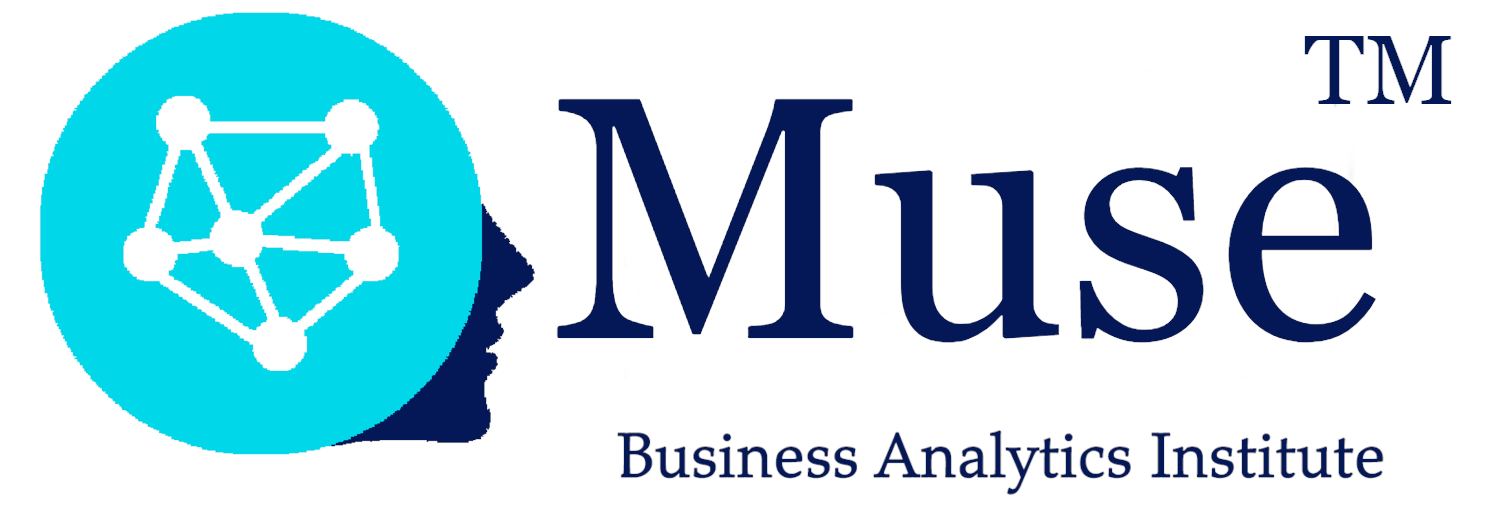Communication & Information
The benefits of AI depend less on technological evolution than on the use case. Artificial Intelligence (AI) is unfortunately being used today to blur the lines between facts, opinions, and (mis)information in digital communication.
AI-powered social media platforms inadvertently promote divisive content accelerating the spread of false information. Automated bots spread false narratives by artificially boosting engagement metrics and disseminating misleading content to specifically targeted profiles. Deepfakes are created through AI’s ability to superimpose visual and audio content in videos, contributing to the consumers’ challenges in distinguishing reality from fiction.
This said, Artificial Intelligence can also play a significant role in mitigating growing concerns over such misinformation and manipulation. Natural Language Processing (NLP) can be used to analyze news articles or social media posts to identify language patterns commonly associated with fake news. Sentiment analysis can evaluate the tone and language used in articles or social media posts to assess their reliability and trustworthiness. AI-powered fact-checking tools can validate claims by cross-referencing information with credible sources helping to debunk false claims by flagging inconsistencies or inaccuracies.
The future of Foundation Models lies in embodied agents that proactively act, explore, and self-improve. Generative AI technologies are part of the problem, while tensor methods are part of the solution. Generative AI has no direct connection to real-world knowledge or facts which in turn leads to "hallucinations" generating misleading or nonsensical information. Tensors are higher-order extensions of data matrices that can be used to encore multi-dimensional data to improve the accuracy and efficiency of deep learning models. Unlike traditional machine learning, the entries of a tensor operation change as coordinate systems evolve in such a way that the tensor still describes the same map in a new context.
Addressing the evolving nature of misinformation and safeguarding against malicious uses of AI requires interdisciplinary collaboration between technologists, policymakers, journalists, and the larger public to develop robust regulatory frameworks, ethical guidelines, and educational initiatives. Caltech’s Center for Science, Society, and Public Policy (CSSPP) fosters research and debate on issues at the nexus of science and society, aiming to both educate and influence science policy. During this current academic year, the CSSPP is focusing on sustainability, AI ethics, and bioethics—in active collaboration with the Resnick Sustainability Institute, the Ronald and Maxine Linde Center for Global Environmental Science, the Center for Social Information Sciences (CSIS), and the Merkin Institute for Translational Research.
Several challenges remain that are limiting the effectiveness of such initiatives in combating misinformation. One inevitable challenge is the advancement of technology, which allows purveyors of misinformation to adapt their tactics to evade detection. The cat-and-mouse game between developers of misinformation and AI-based detection systems necessitates continuous updates and improvements to AI algorithms. Biases inherent in AI algorithms, whether in data selection or model training, must be addressed to prevent unintentional amplification or suppression of certain perspectives and currents of thought. Finally, specifying and integrating contextual variables to capture changing views on what constitutes the facts, if not truth, will be crucial to maintaining credibility and trust in how and where AI models will be applied in the future.
Simplified technical information on the tensor concept
Tensors are higher-order extensions of matrices. While matrix methods form the cornerstone of traditional machine learning and data analysis, tensor methods have been gaining increasing traction by encoding multi-dimensional data represent and compute on high-dimensional data efficiently.
Unlike a matrix, it shows an object placed in a specific coordinate system. When the coordinate systems change, the entries of a tensor also transform in that way, such that the tensor still describes the same map in the new coordinate system.



